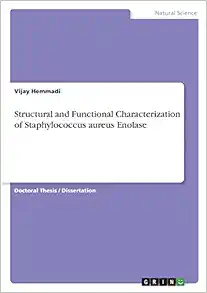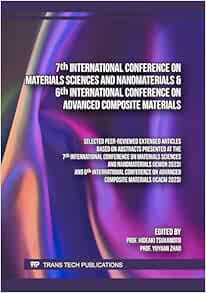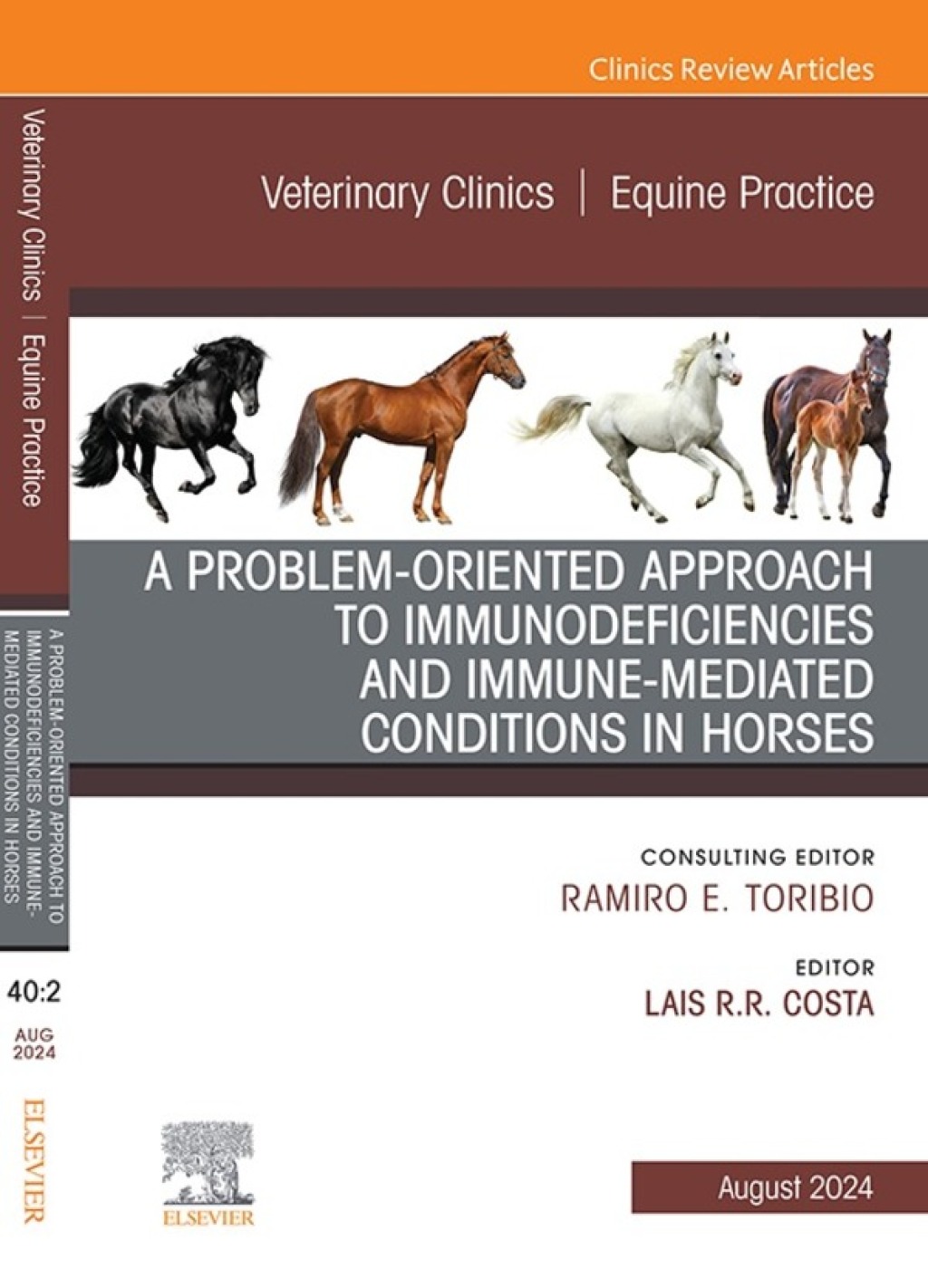Structural and Functional Characterization of Staphylococcus aureus Enolase (Original PDF from Publisher)
$120.00 Original price was: $120.00.$27.00Current price is: $27.00.
Description
Structural and Functional Characterization of Staphylococcus aureus Enolase (Original PDF from Publisher)
2022 Doctoral Thesis/Dissertation in Biology-Micro-and Molecular Biology, course: PhD, grade: 9.5, language: English, abstract: There is a great deal of scientific controversy over the presence of metabolic enzymes like enolase on the surface of S. aureus. S. aureus contains enolase (rSaeno) as a strong dimer and a delicate octamer. The cytoplasm contains the catalytic octamer, which is involved in energy metabolism, metal interchangeability, and preventing the host from using metals to their full potential. On the other hand, the membrane-bound dimer is engaged in binding and immobilizing the host plasminogen on S. aureus and has a high affinity for it. S. aureus adheres to the host by the interaction between host plasminogen with rSaeno on the bacterial surface, which then facilitates plasminogen activator-mediated plasminogen activation. Plasmin is not inhibited by α2-antiplasmin when dimeric rSaeno binds to the kringle domain of plasminogen. Enolase is a moonlighting protein that uses two oligomeric conformations to perform two distinct but unrelated tasks in two different cell compartments. The pathogen can save a lot of energy by moonlighting proteins for pathogenicity, which also keeps the bacterial invasion machinery hidden from the host. By focusing on abundant host plasminogen, the pathogen conceals the host immune system and produces an infinite amount of host protease. Significant structural differences can be used as possible competing pharmacological targets even though enolase is conserved across species. Targeting enolase and other moonlighting proteins involved in different stages of pathological invasion may be a viable strategy to stop the pathological invasion of antibiotic-resistant S. aureus because the bacteria uses a large number of multifunctional proteins for pathological invasion.
Additional information
| Publisher |
Grin Verlag |
|---|---|
| Published Year |
2022 |
| Language |
English |
| Format |
Publisher PDF |
| ISBN 10 |
3346789330 |
| ISBN 13 |
978-3346789334 |













Reviews
There are no reviews yet.